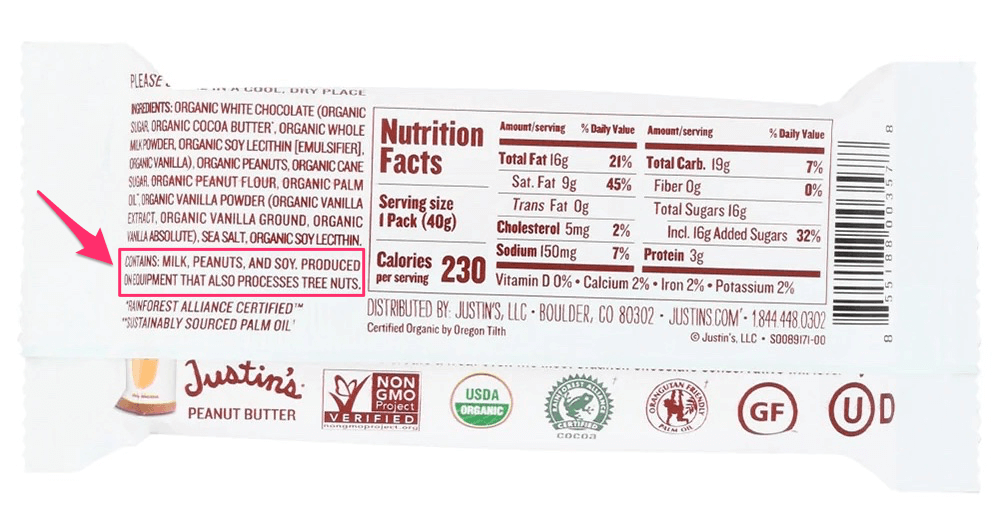Popularized by Nestle and Hershey, white chocolate has become a favorite treat, comparable to milk chocolate and dark chocolate.
Due to its different coloring and distinct flavor, people are inclined to wonder whether there’s milk in white chocolate.
White chocolate contains a significant amount of milk, with regulations designating white chocolate as a product containing at least 20% cocoa butter, 14% milk solids, and 3.5% milk fat.
White chocolate contains a variety of dairy products and isn’t suited for those with allergies or following a non-dairy diet.
The rest of this article will discuss what kinds of milk are in white chocolate and how it’s made.
What Milk Is in White Chocolate?
White chocolate often includes one or more of the following types of milk:
- Evaporated milk
- Skim milk
- Malted milk
- Buttermilk
White chocolate was popularized by Swiss company Nestle, whose line of white chocolate bars with almond pieces sold was in production for almost 40 years.
Unlike milk and dark chocolate, white chocolate has no cocoa solids, meaning it’s not actual chocolate.
Typically, cocoa solids are separated from the fat and then added back in to provide the rich flavor we associate with chocolate.
However, with white chocolate, cocoa butter is the sole ‘chocolate’ ingredient, with milk products comprising a significant amount of the mix.
It is, however, a lot lower in caffeine since the cocoa solids (which aren’t added back in) contain most of the caffeine associated with chocolate.
Take a look at this video from the Reactions YouTube channel to learn more about the history of white chocolate (it's quite interesting!)
Alternatives to White Chocolate
Nowadays, with a growing sensitivity to those who have dairy allergies or prefer to avoid milk-based products, there are several alternatives to white chocolate.
Dairy-free chocolate makers often rely on coconut, oat, almond, rice, and soy milk as alternatives.
Milk chocolate still contains a fair amount of milk solids that give it a distinctly creamy, rich flavor, although alternatives to milk chocolate are still available.
Dark chocolate is the only dairy-free alternative to white chocolate if you’re trying to skip the milk, which can contain anything from 60-90% cocoa.
On the higher end, the taste can be pretty bitter and off-putting to some people, but a lot of dark chocolates don’t contain milk.
To check, all you need to do is look at the back of the label at the ingredients list and scan for milk or milkfat.
Don’t worry about the ‘butter’ in cocoa butter—it’s not a milk product.
Some labels will denote that they contain milk with a “Contains Milk” warning at the bottom of the ingredients list.
Here's an example from Justin's white chocolate peanut butter cups.

Final Thoughts
White chocolate is the most milk-dense type of chocolate, given that the main base of the food is milk fat, containing only 20% cocoa butter (not even cocoa solids!)
On the other hand, milk chocolate typically has 30-40% cocoa solids, and dark chocolate has 60% or higher.
If you like the rich taste of chocolate, consider switching to dark chocolate to avoid milk in white chocolate.
You can also buy milk-free chocolate products from several sources.
